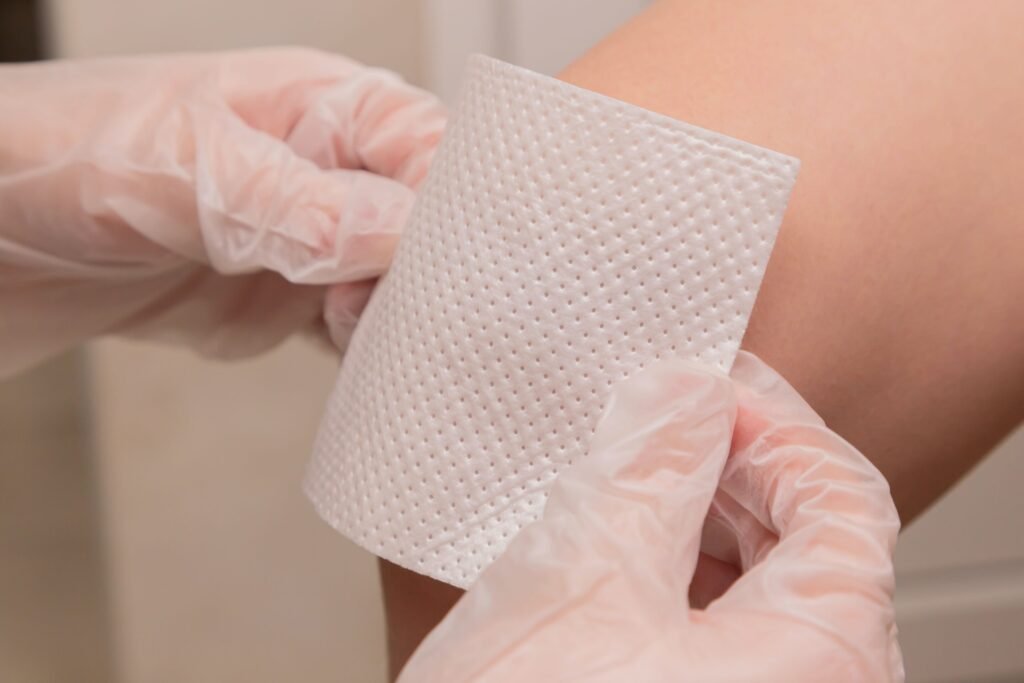Patients with severe dystrophic epidermolysis bullosa, or EB, suffer from a rare genetic condition that affects 1 in every 500,000 people. This condition leaves their skin so fragile that even the slightest touch can lead to blistering and the formation of large, open wounds that never heal, causing immense pain.
However, there is now hope for those suffering from this debilitating condition. A groundbreaking treatment developed at Stanford Medicine involves the use of genetically engineered skin grafts, which have recently received approval from the U.S. Food and Drug Administration as a therapy for EB. These grafts are created from a patient’s own cells, making them personalized and effective in treating the large, open wounds characteristic of EB.
Dr. Jean Tang, a professor of dermatology at Stanford Medicine, expressed her excitement over the approval of the grafts, highlighting the extensive research that has gone into developing this innovative treatment. Over the past two decades, researchers at Stanford have worked tirelessly to genetically engineer EB skin cells with a corrected gene, ultimately leading to the creation of the skin grafts that are now available for patients.
The process of creating these skin grafts involves collecting a small biopsy of the patient’s un-wounded skin, genetically engineering the cells with a corrected version of the collagen VII gene, and growing the cells into sheets of skin that can be sutured onto the patient’s wounds. This personalized approach ensures that the grafts match the patient’s immune markers, preventing rejection and allowing for successful healing.
Patients who have participated in clinical trials for the skin grafts have reported a significant improvement in their quality of life. The wounds heal faster, requiring fewer bandages, and patients are able to engage in everyday activities with greater ease. For infants diagnosed with EB, starting treatment early with gene therapy products such as a recently approved gene therapy gel can potentially prevent the development of large wounds that require skin grafts.
Overall, the approval of these skin grafts marks a significant milestone in the treatment of dystrophic epidermolysis bullosa. With continued research and advancements in gene therapy, the hope is that the suffering of EB patients can be alleviated, offering them a brighter and more comfortable future.


